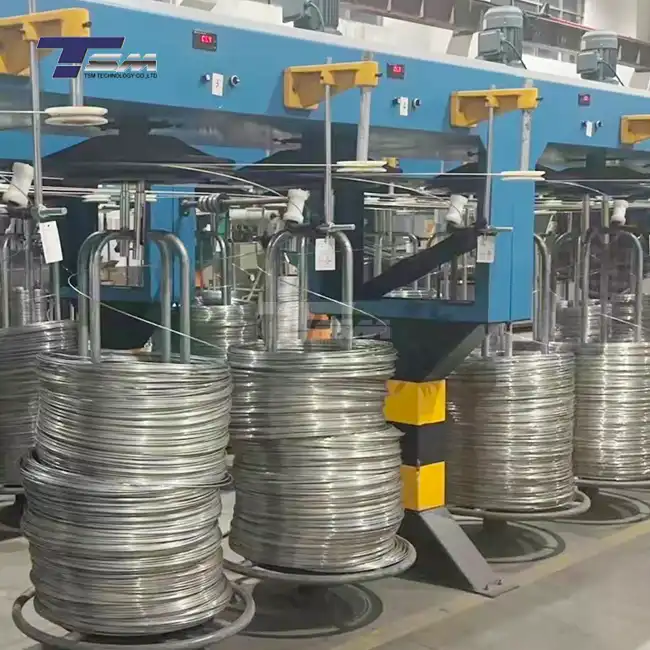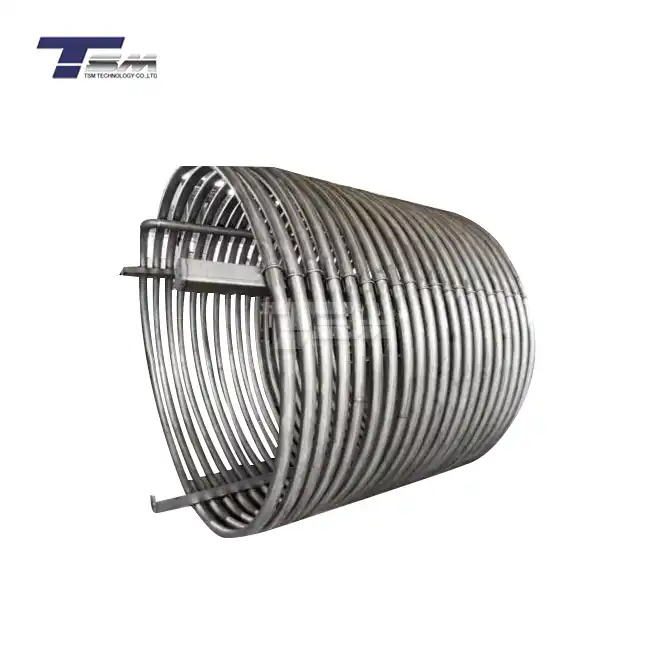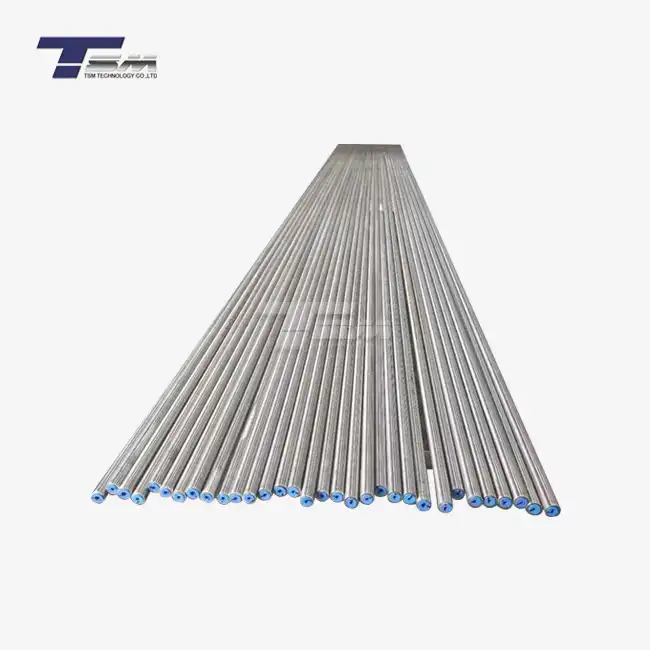- English
- French
- German
- Portuguese
- Spanish
- Russian
- Japanese
- Korean
- Arabic
- Greek
- German
- Turkish
- Italian
- Danish
- Romanian
- Indonesian
- Czech
- Afrikaans
- Swedish
- Polish
- Basque
- Catalan
- Esperanto
- Hindi
- Lao
- Albanian
- Amharic
- Armenian
- Azerbaijani
- Belarusian
- Bengali
- Bosnian
- Bulgarian
- Cebuano
- Chichewa
- Corsican
- Croatian
- Dutch
- Estonian
- Filipino
- Finnish
- Frisian
- Galician
- Georgian
- Gujarati
- Haitian
- Hausa
- Hawaiian
- Hebrew
- Hmong
- Hungarian
- Icelandic
- Igbo
- Javanese
- Kannada
- Kazakh
- Khmer
- Kurdish
- Kyrgyz
- Latin
- Latvian
- Lithuanian
- Luxembou..
- Macedonian
- Malagasy
- Malay
- Malayalam
- Maltese
- Maori
- Marathi
- Mongolian
- Burmese
- Nepali
- Norwegian
- Pashto
- Persian
- Punjabi
- Serbian
- Sesotho
- Sinhala
- Slovak
- Slovenian
- Somali
- Samoan
- Scots Gaelic
- Shona
- Sindhi
- Sundanese
- Swahili
- Tajik
- Tamil
- Telugu
- Thai
- Ukrainian
- Urdu
- Uzbek
- Vietnamese
- Welsh
- Xhosa
- Yiddish
- Yoruba
- Zulu
Hastelloy C276 Sheet Production Process
Forging Hastelloy C-276, particularly in sheet form, involves several critical steps that are designed to maintain the alloy's structural integrity and corrosion resistance. The forging process must be carefully controlled to ensure optimal performance in severe environments. Here's an overview of the forging process for Hastelloy C-276 sheets:
1. Preparation of Material
Starting Material: The process begins with high-quality Hastelloy C-276 billets or ingots that are pre-checked for purity and alloy composition.
Preheating: Before forging, the material is preheated to a specific temperature to reduce strain hardening and improve ductility. This temperature typically ranges from 1175°C to 1230°C (2147°F to 2246°F).
2. Forging Process
Heating: The material is heated to the forging temperature, which should be within the range of 1230°C to 950°C (2250°F to 1740°F). Maintaining this temperature range is crucial to prevent damage to the alloy’s microstructure.
Hot Forging: The hot material is then forged into sheets. This is usually done through hammering or pressing, which compresses the metal to the desired thickness and shape. Care must be taken to apply uniform pressure to avoid creating stress points.
Reheating: Depending on the thickness and details of the sheet, the material may need to be reheated during the forging process to keep it pliable and to prevent cracking.
3. Post-Forging Treatment
Cooling: After forging, Hastelloy C-276 must be cooled at a controlled rate. Rapid cooling, such as quenching in water or other coolants, is essential to obtain the desired mechanical properties and to lock in the alloy's corrosion-resistant characteristics.
Annealing: Post-forging, the sheets are often annealed at a temperature between 1040°C and 1150°C (1904°F to 2102°F) followed by a rapid quench. This step relieves stresses built up during forging and improves the overall corrosion resistance and mechanical properties.
4. Surface Finishing
Cleaning: After forging and heat treatment, the sheets are cleaned to remove any scale, oxide layers, or other impurities that may have formed during the high-temperature processes.
Mechanical Finishing: The sheets might also undergo processes like grinding, milling, or surface planing to achieve the required surface finish and dimensional accuracy.
5. Inspection and Testing
Quality Control: Each sheet is thoroughly inspected for defects such as cracks, uneven surfaces, or composition inconsistencies. Common testing methods include ultrasonic testing, X-ray inspection, and destructive material testing.
Certification: Once the sheets pass all quality control checks, they are certified according to industry standards and prepared for shipping.
The forging of Hastelloy C-276 sheets is a complex process that requires precise control over temperature, deformation rate, and cooling. This meticulous process ensures that the forged sheets exhibit the alloy's characteristic high corrosion resistance and mechanical strength, suitable for critical applications in harsh environments.
Learn about our latest products and discounts through SMS or email



